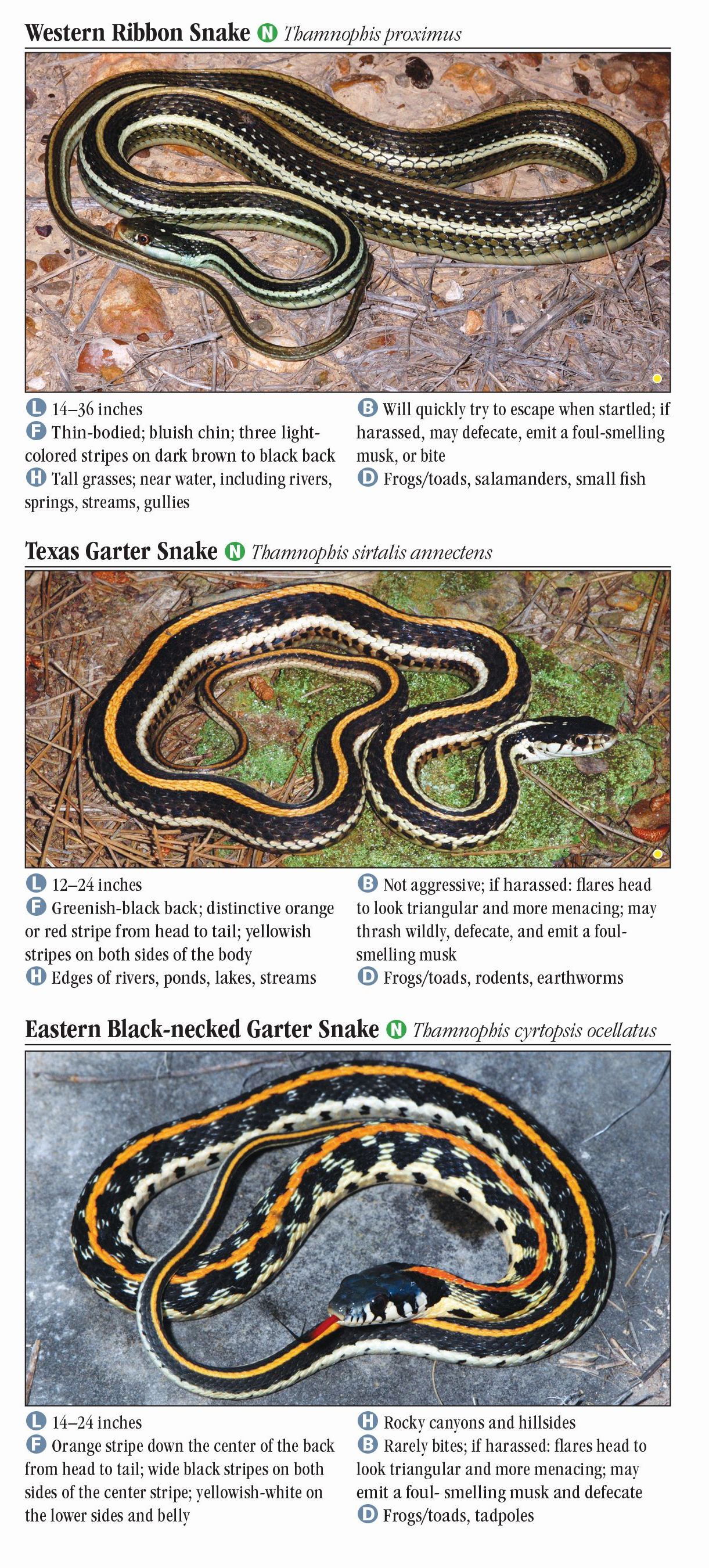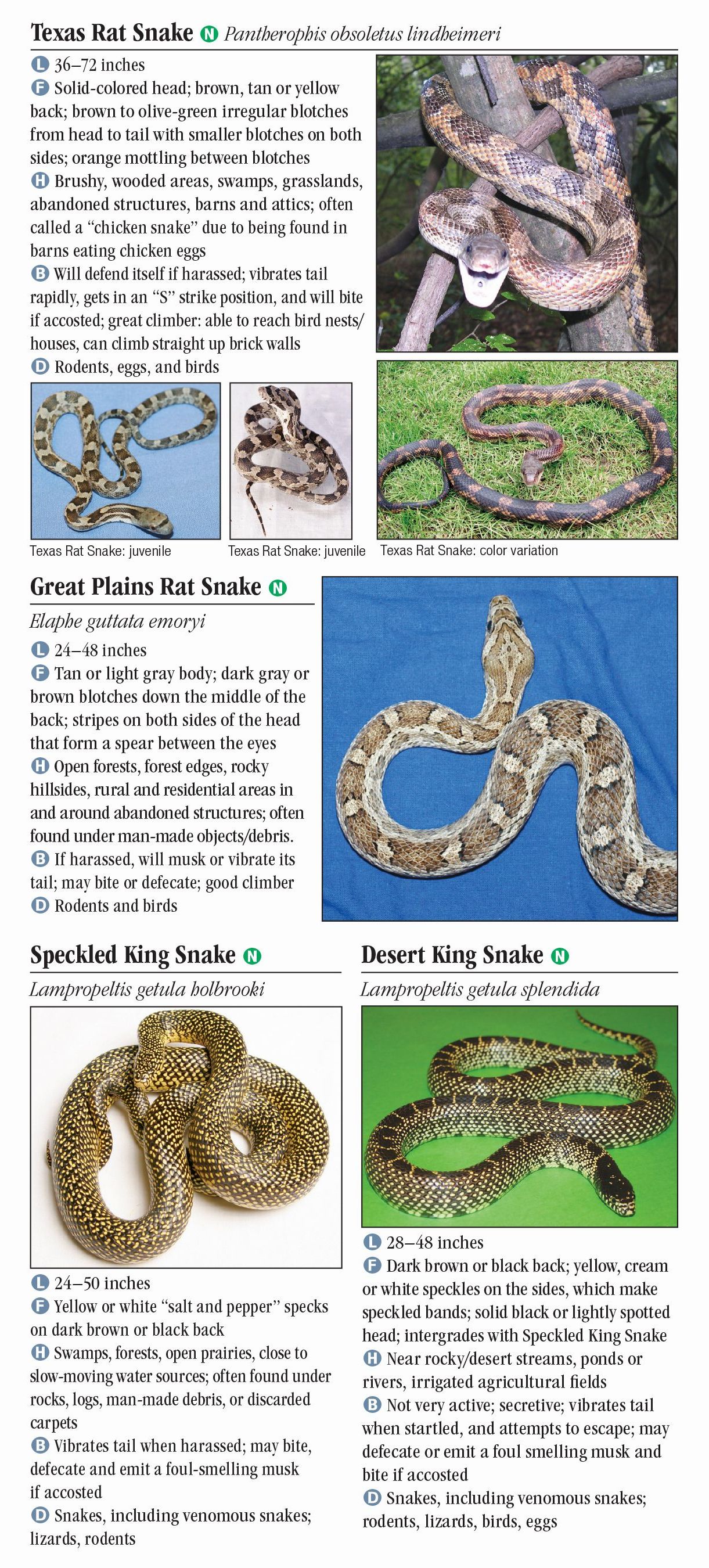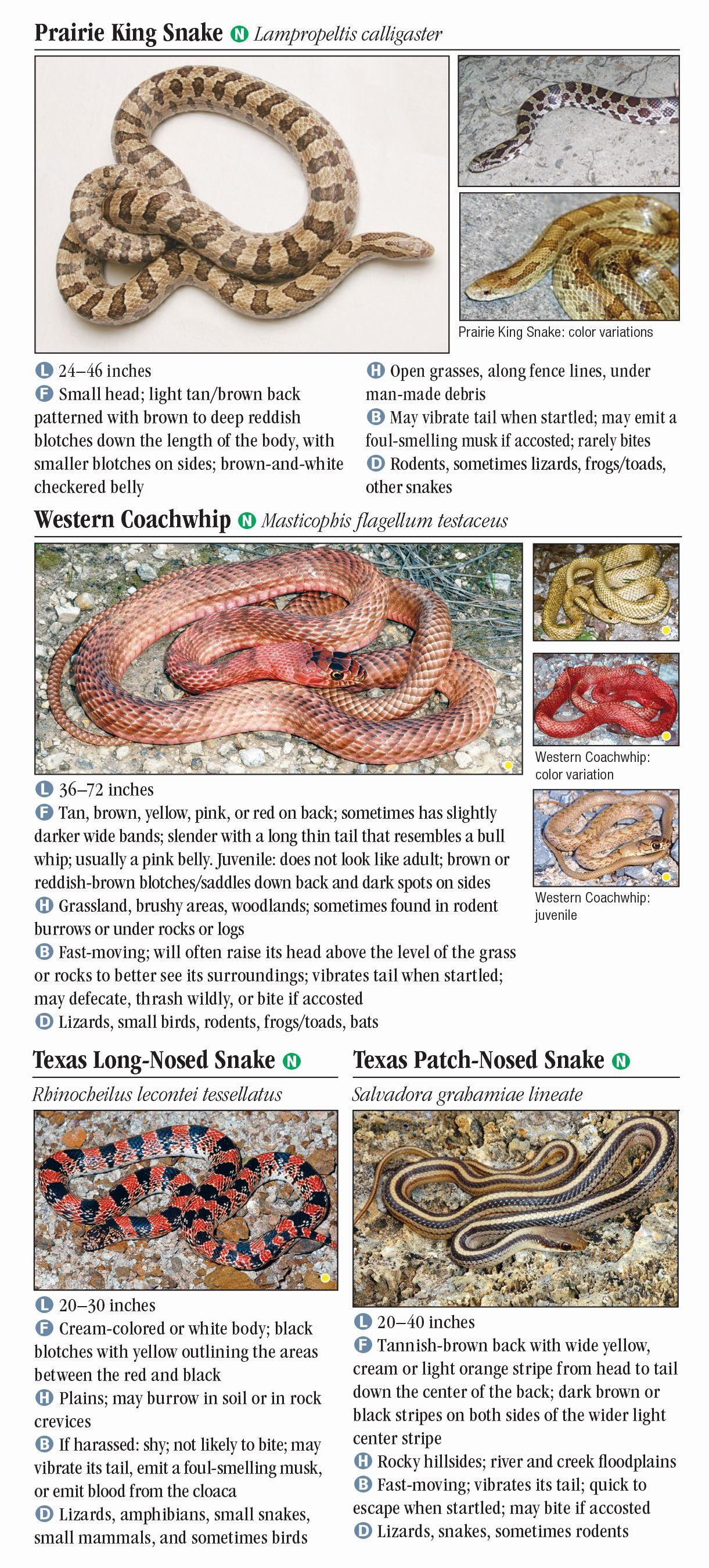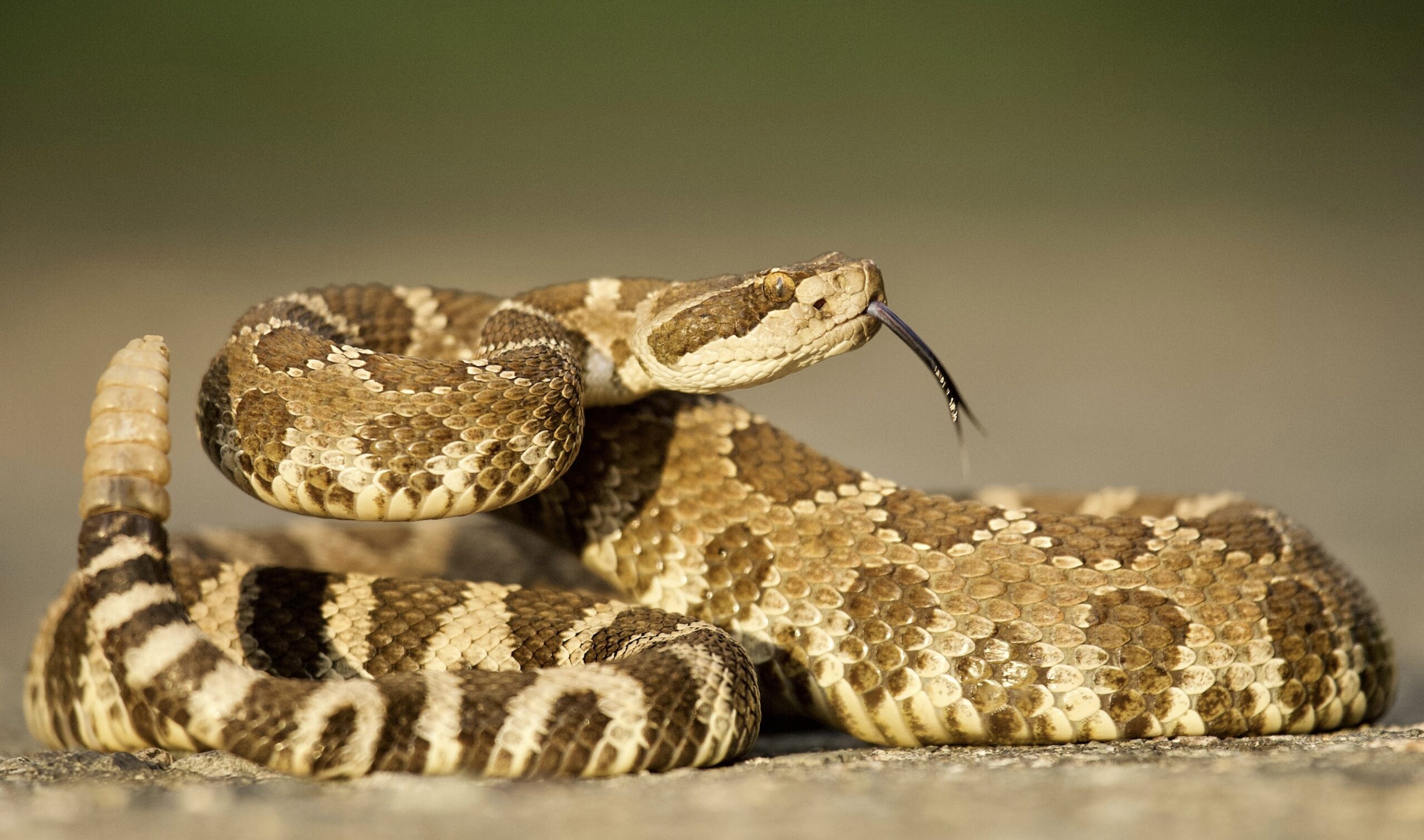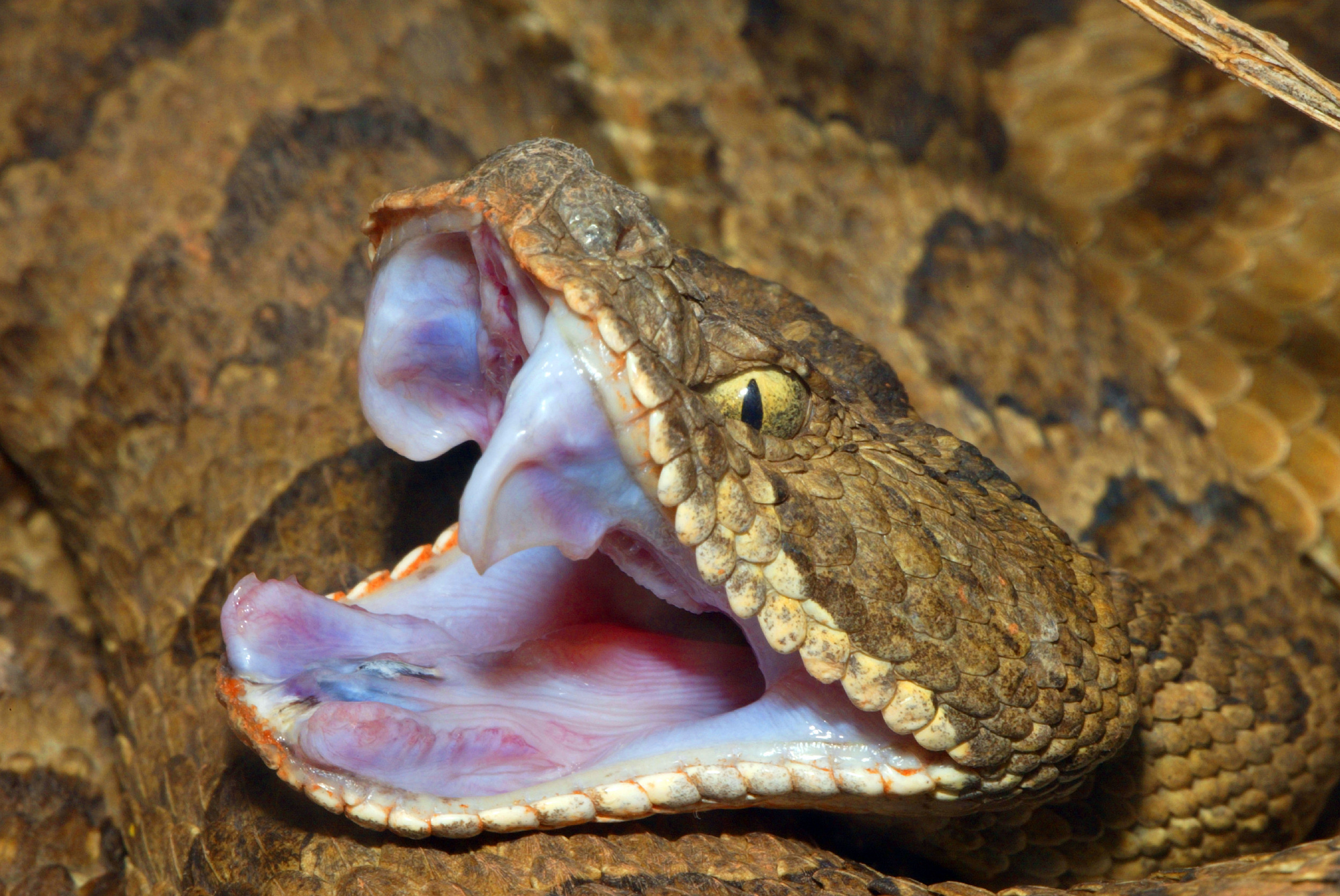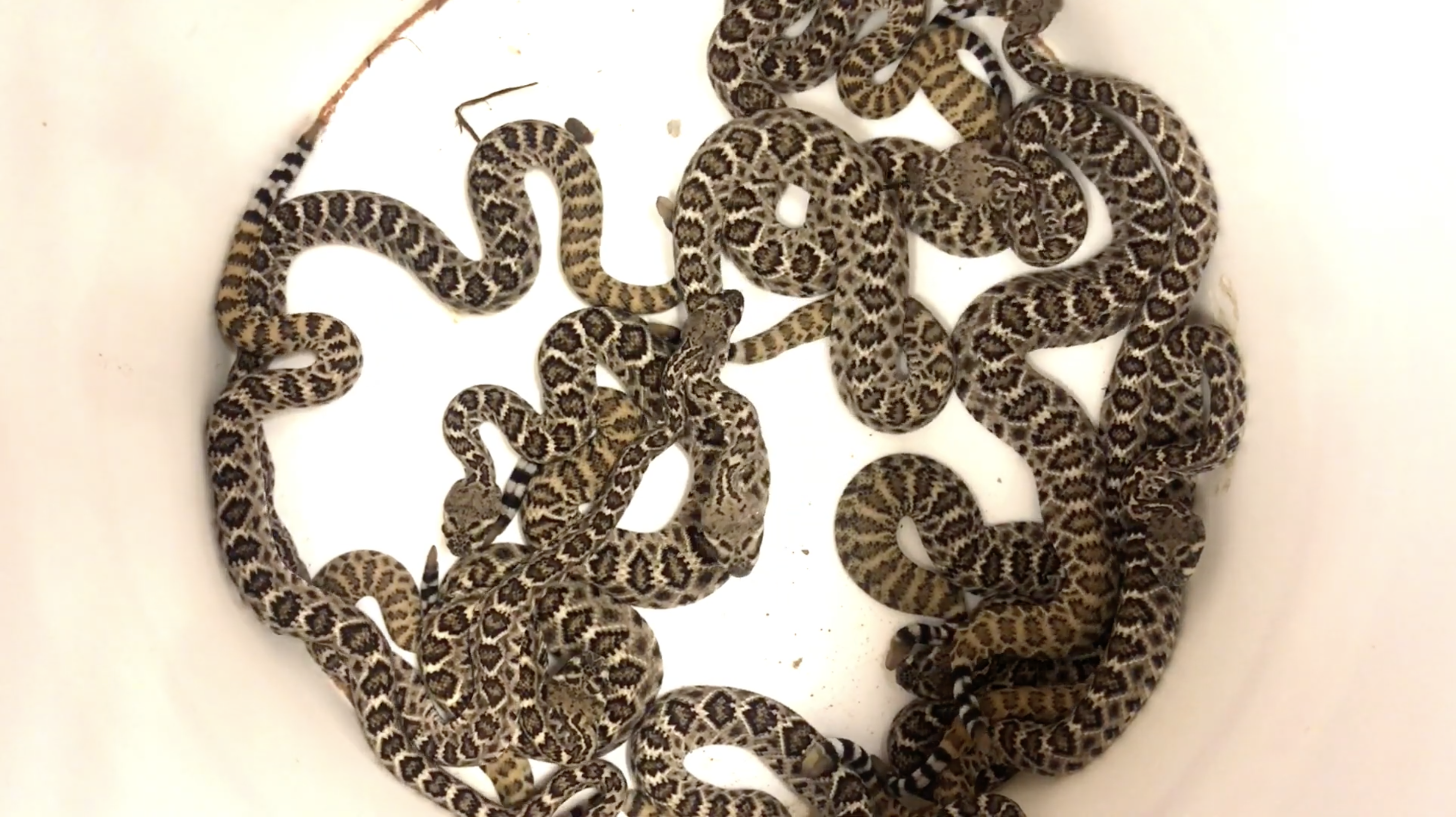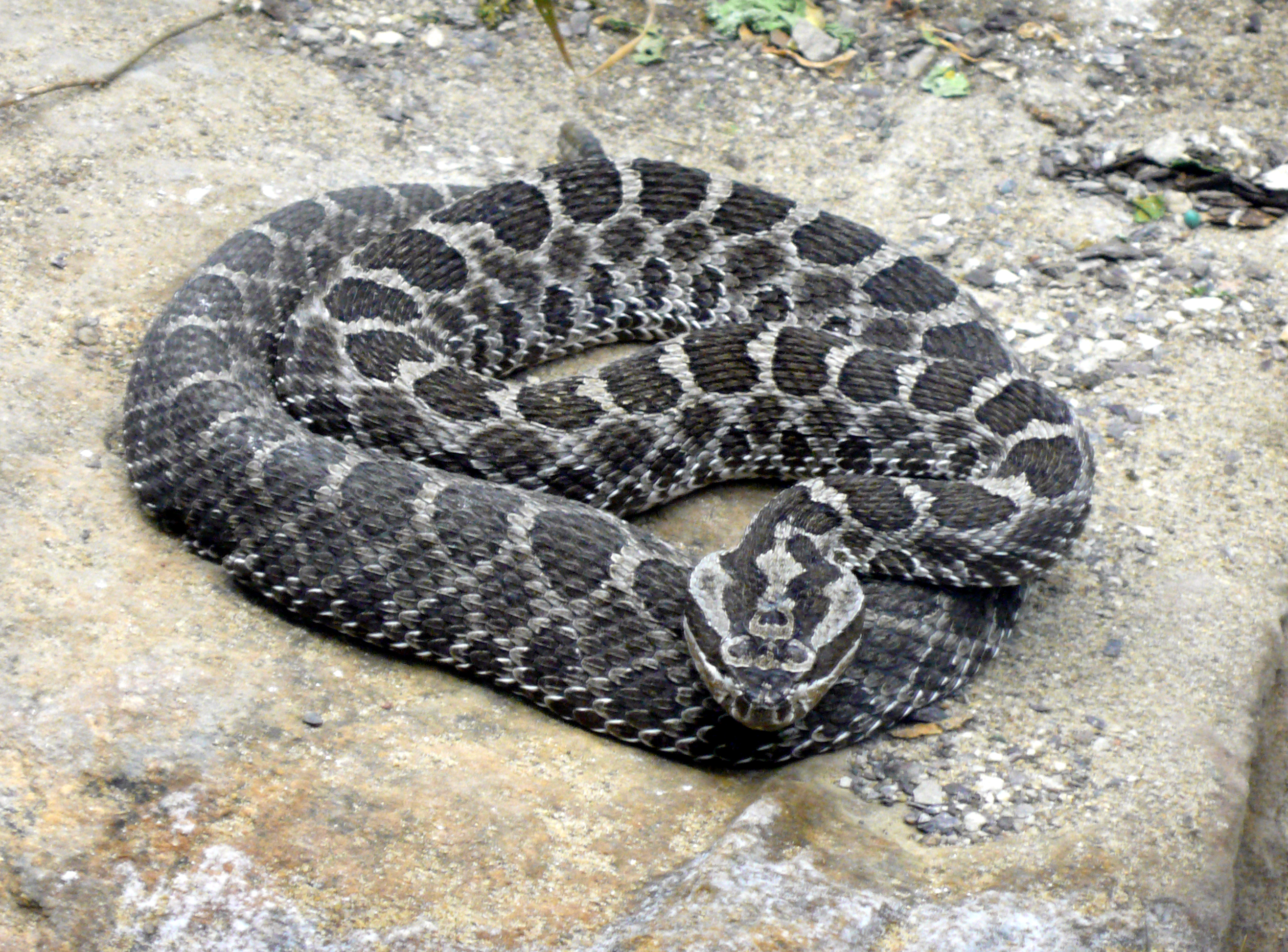The rattle is found at the tip of the rattlesnake’s tail. The snake uses the … · this article explores the rattlesnake’s scientific classification, physical characteristics, habitat, behavior, diet, reproduction, predators, conservation … · what is the most common rattlesnake? The most common rattlesnake is arguably the timber rattlesnake. Unlike its normal erect and coiled defensive-striking posture, the rattlesnake keeps its head low to the ground in an attempt to prevent the kingsnake from gaining a hold on it (the … There are more than 24 rattlesnake species and all of them have that most-famous feature: · the most common species in north america are the timber rattlesnake (crotalus horridus) of the eastern united states, the prairie rattlesnake (c.
Is That A Rattlesnake? Identifying Texas' Most Dangerous Snakes
The rattle is found at the tip of the rattlesnake’s tail. The snake uses the … · this article explores the rattlesnake’s scientific classification, physical...

